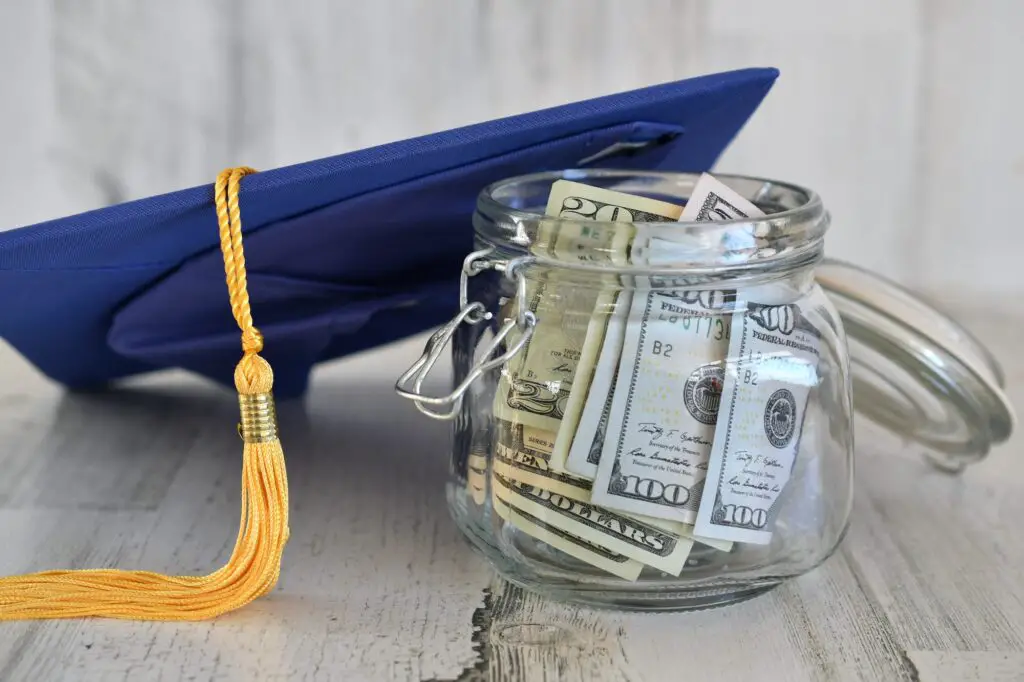student loans are the largest form of consumer debt in the US and billions of dollars have been forgiven to date. The number of people with student loan debt has doubled since 2005, with 40 million borrowers now carrying an estimated $1.5 trillion in outstanding loans. As the cost of attending college has skyrocketed in recent years, an increasing number of individuals have been seeking assistance to help manage their debt. Fortunately, the government provides several options for those with student loan debt, most notably through loan forgiveness programs. These programs are intended to help borrowers who are struggling to pay back their loans and offer the potential for complete loan forgiveness (in some cases).
In this article, we’ll discuss the various student loan forgiveness programs available and discuss how you may be able to take advantage of them. We’ll also cover the eligibility requirements for these programs, as well as other important things to consider when applying. Finally, we’ll provide a few tips to help you decide if student loan forgiveness is the right choice for you.
What Are Student Loan Forgiveness Programs?
Student loan forgiveness programs are designed to provide borrowers with relief from their student loan debt. Depending on the type of program, this relief can range from reduced monthly payments to complete loan forgiveness. In exchange for agreeing to certain terms, the government may choose to forgive all or part of a borrower’s loan balance.
The most common student loan forgiveness programs are income-driven repayment plans (IDRs), Public Service Loan Forgiveness (PSLF), and Teacher Loan Forgiveness. Let’s take a closer look at each of these:
Income-driven repayment plans (IDRs): Income-driven repayment plans (IDRs) allow borrowers to pay back their student loans based on their income. Under the income driven plans, borrowers make affordable monthly payments for a specified period of time. If the borrower meets the requirements of their plan and remains in good standing, the government may choose to forgive the remaining balance of their loans.
Public Service Loan Forgiveness (PSLF): Public Service Loan Forgiveness (PSLF) is a program specifically for individuals employed full-time in a public service job. Borrowers in this program typically make 120 qualifying monthly payments, with the remaining balance of their loans forgiven if they remain in good standing.
Teacher Loan Forgiveness: Teacher Loan Forgiveness (TLF) is a program designed to reward teachers for their service. To qualify, teachers must have served 5 consecutive years at a low-income school or educational service agency. The amount of loan forgiveness that may be available is up to $17,500, depending on the type of loans the teacher has.
Eligibility Requirements for Student Loan Forgiveness
To be eligible for student loan forgiveness, borrowers must typically meet a few key requirements. For all student loan forgiveness programs, borrowers must make all payments on their loans on time. Generally, this means that all payments must be made by the due date for your loan. Additionally, borrowers cannot have any delinquencies or negative credit marks from their loan servicer.
Other eligibility requirements may vary depending on the type of loan forgiveness program that you are applying for. For IDR plans, borrowers must demonstrate a financial hardship, meaning their income does not exceed a certain amount or that their debt-to-income ratio is too high. Similarly, for PSLF and TLF, borrowers must be employed in a qualifying public-service job.
Things to Consider When Applying for Student Loan Forgiveness
When applying for student loan forgiveness, there are a few important things to consider. First and foremost, it is important to remember that loan forgiveness is not guaranteed. Depending on your specific situation, you may not qualify for the full amount of loan forgiveness that you are requesting. Additionally, there may be other payment options available that might be more advantageous for your situation.
Also, it is important to remember that loan forgiveness is considered taxable income by the IRS. This means that borrowers must include this income when filing their taxes each year. Additionally, applicants must be aware that their student loan debt may still be reported on their credit report, even after it has been forgiven.
Finally, it is important to understand that loan forgiveness may not always be the best option for everyone. If a borrower is unable to qualify for any type of loan forgiveness, they may be better off attempting to renegotiate their debt or seeking other payment arrangements.
Final Thought
Student loan forgiveness can be a great way to reduce the burden of student loan debt, but it’s important to understand the program requirements and potential impacts on your financial situation. If you believe that you may qualify for loan forgiveness, it’s important to research all options and talk to a financial advisor before proceeding. With careful planning and consideration, loan forgiveness may provide needed relief for borrowers struggling to make their loan payments.

